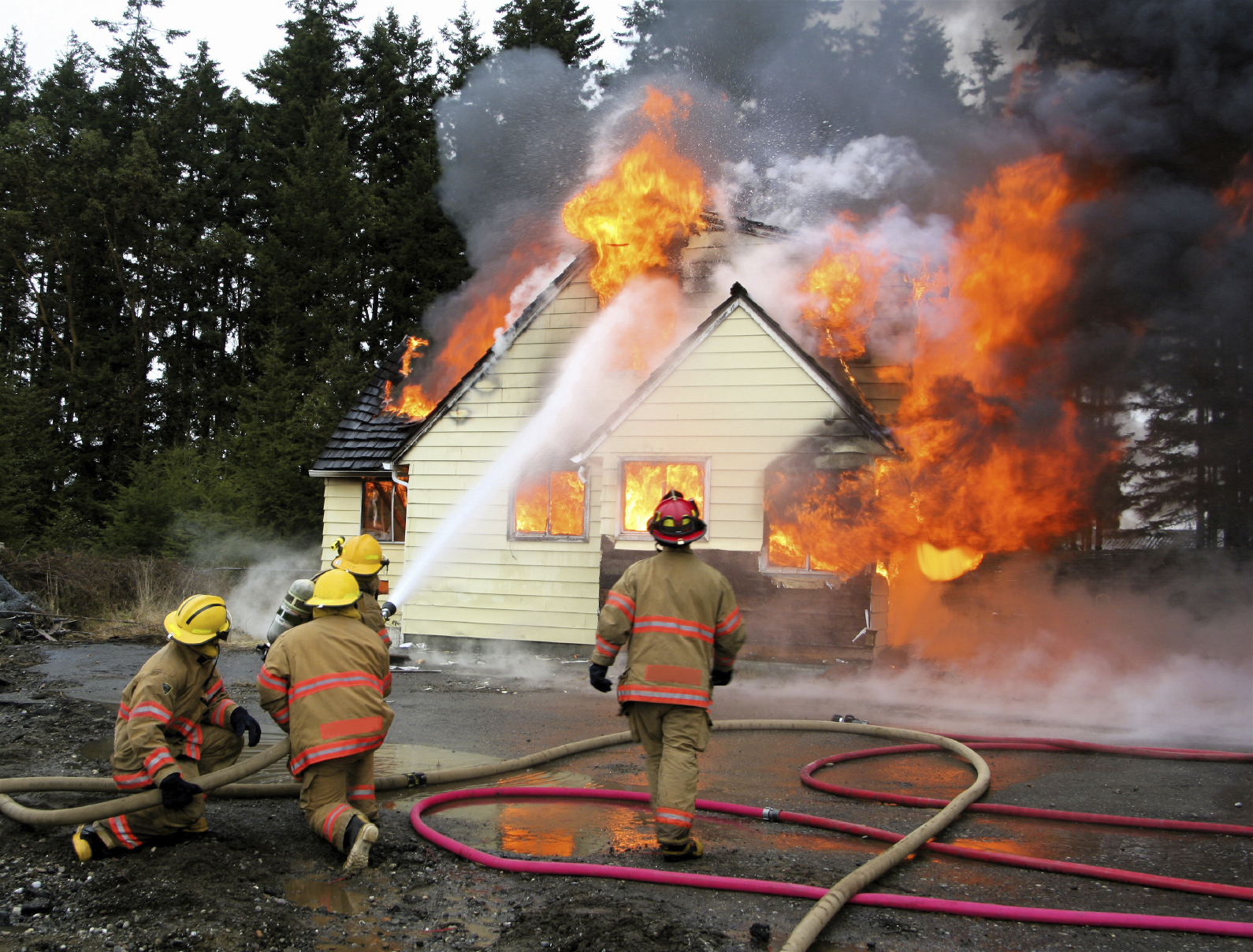 Before Leaving, Secure Your Home
Before Leaving, Secure Your Home
- Have good locks on all doors and windows and double check them before you leave.
- Ask a neighbor to watch your home while you are gone. Leave as much information about your vacation with them as possible, including emergency contact information in case something happens.
- Arrange for a neighbor or family member to gather your mail and newspaper deliveries.
- Plug in timers to turn lights on and of to simulate that the house is being used.
- Create the illusion that someone is home. For example, attach a television or radio to a timer to occasionally turn on and off.
- Ask a neighbor to park in your driveway if you will be taking your vehicle with you. If you leave your car at home, park it as you normally would.
- Arrange for someone to mow your lawn and maintain the yard should you be gone for a long period of time. During winter, make arrangements to have your snow shoveled.
While On Your Trip
- Trust your instincts and speak up if you think or feel something is dangerous.
- Confirm your reservations before leaving home.
- Keep a record of all traveler’s check numbers and your credit card numbers in a safe place. Have a record of all of hte numbers to your credit card companies in case they become lost or stolen.
- Do not carry large amounts of cash. If you must carry large sums, do not display it openly to others.
- Be aware of your surroundings and do not advertise your travel plans to strangers.
- Do not carry your airplane tickets or passport in open view. Secure these important documents in a safe place. FEMALES – if you carry these in a purse, place your purse across your body rather than just over your shoulder. MALES – carry these documents in a safe container or in the front pocket of your pants instead of your back pocket.
via Vacation Safety.









